Bed Bug Bites
At Cumberland Skin, our team of expert dermatologists is dedicated to diagnosing and treating the skin reactions caused by bed bug bites. We understand the distress and discomfort these bites can cause and offer comprehensive care to alleviate symptoms and prevent complications. Our specialists are equipped with the knowledge and tools to provide accurate diagnoses and effective treatment plans tailored to each patient's needs.
Explore more detailed information below, and schedule an appointment online with Cumberland Skin to confirm your diagnosis and begin your journey to relief.
Examples of Bed Bug Bites
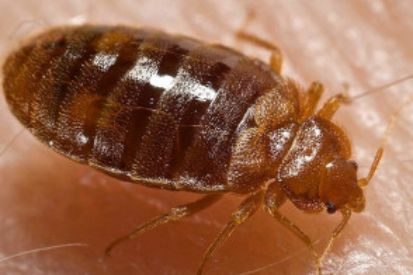
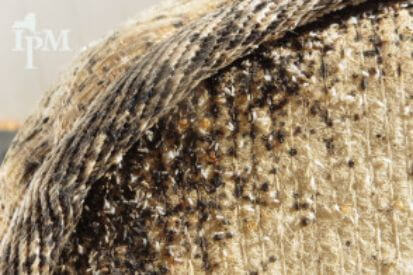
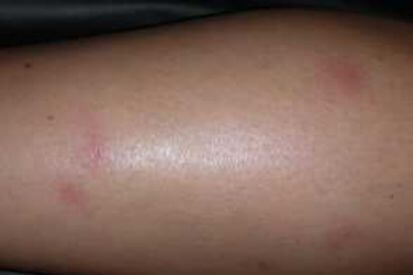
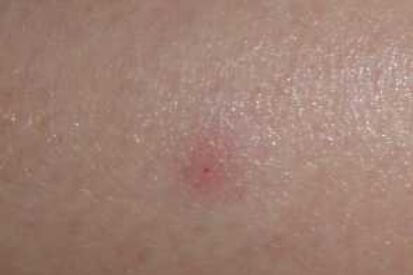

Bed Bug Bite Symptoms
Skin reactions from bed bug mites may vary from person to person, but there are common symptoms to watch for. Early recognition can help you seek timely care and prevent further irritation. At Pinnacle Dermatology, we specialize in identifying and treating these skin conditions with expert care. Common bed bug bite symptoms may include:
- Bites that often provoke allergic reactions and rashes
- Welts usually less than ¼” in size, appearing flat or slightly elevated
- Redness, swelling, and intense itching
- A skin reaction that is initially painless but intensifies over time
What Causes Bed Bug Bites?
Bed bug bites are the result of an infestation by small, nocturnal insects that feed on human blood. These bites may lead to uncomfortable symptoms, including a bed bug rash. Bed bug mites, while often confused with other pests, thrive in hidden areas around sleeping spaces. Understanding the root causes can help prevent future outbreaks and protect your skin.
These bites are caused by the feeding behavior of Cimex lectularius. These pests prefer warm environments like mattresses, bedding, and upholstered furniture. During the day, they hide in cracks, crevices, and seams, emerging at night to feed on sleeping individuals. It's important to note that infestations are not related to personal hygiene. Instead, bed bugs are attracted to body heat and carbon dioxide.
Preventing Bed Bug Rash
Preventing bed bug rash involves being proactive, especially in environments where these pests are known to thrive. Whether you're traveling, moving, or simply maintaining your home, a few smart habits can go a long way in keeping bed bug mites at bay. Effective ways to prevent bed bug rash include:
- Inspecting hotel mattresses, headboards, and furniture seams when traveling
- Keeping luggage off the bed and floor—use luggage racks when available
- Washing and drying bedding and clothing on high heat after returning from a trip
- Not bringing used furniture or mattresses into your home without a thorough inspection
- Using protective mattress and box spring encasements to eliminate hiding places
- Regularly vacuuming and decluttering sleeping areas to catch early signs of infestation
Bed Bug Bites FAQs
Bed bug bites typically manifest as small, red welts or bumps that are intensely itchy. These bites often appear in clusters or lines, usually on areas of the skin that are exposed during sleep, such as the face, neck, arms, and legs. A distinctive feature of bed bug bites is the presence of a red halo around the central bite mark, which can help differentiate them from other types of insect bites.
However, bed bug bites can closely resemble bites from other insects, such as mosquitoes or fleas, and they can also be mistaken for various skin conditions like eczema or allergic reactions. This similarity makes it crucial to have the bites evaluated by a dermatologist. A professional assessment can provide a proper diagnosis and guide you towards the most effective treatment plan to alleviate discomfort and prevent potential complications.
For a thorough examination and accurate diagnosis of suspected bed bug bites, consider scheduling a consultation with a dermatologist. Their expertise is essential in distinguishing bed bug bites from other skin issues and ensuring you receive the appropriate care.
Itching is a common response to bed bug bites, but it is not a universal symptom. Individual sensitivity to insect bites varies significantly, meaning that while some people may experience intense itching, others may have only a mild reaction or none at all. The severity of the reaction to bed bug bites can differ from person to person. For some, the bites may cause significant itching and pronounced rashes, whereas others might notice only minor irritation or no visible signs of the bites.
These differences in reactions are due to variations in individual immune responses. Some people have heightened sensitivity to the proteins in bed bug saliva, which triggers itching and inflammation, while others may not react as strongly. Understanding this variability is important in managing and diagnosing bed bug bites.
If you suspect you have bed bug bites but are unsure due to the lack of itching or other symptoms, it is advisable to consult a dermatologist. A professional evaluation can help confirm the presence of bed bug bites and guide you in addressing any discomfort and preventing further issues.
The duration of bed bug bites can vary significantly among individuals. Generally, the itching and redness caused by bed bug bites may persist for a few days to a couple of weeks. Several factors influence the healing time, including:
Individual Sensitivity: People react differently to bed bug bites. Some may experience mild irritation that subsides quickly, while others might suffer from severe itching and prolonged redness.
Extent of the Bites: The number of bites and the areas affected can also impact the duration of symptoms. A greater number of bites or bites in sensitive areas may take longer to heal.
Scratching: Excessive scratching of the bite areas can exacerbate symptoms and prolong healing. Scratching can also lead to secondary infections, further delaying recovery.
Skin Type: Some individuals have more resilient skin that heals faster, while others might have more sensitive skin that takes longer to recover from irritations and rashes.
If you find that your symptoms persist or worsen over time, it is advisable to consult with a dermatologist. Persistent itching, redness, or signs of infection require professional evaluation to ensure proper treatment and to prevent complications.
At Pinnacle Dermatology, our experienced dermatologists are ready to assist you with any concerns related to bed bug bites. We offer thorough evaluations and personalized treatment plans to help you find relief and promote healing. If you are experiencing prolonged or severe reactions to bed bug bites, schedule an appointment with us for expert care and guidance.
In general, bed bug bites typically do not result in scarring. The bites themselves usually cause red, itchy welts that can be uncomfortable but are often harmless and heal on their own. However, the risk of scarring increases if the affected individual scratches the bites excessively. This scratching can lead to breaks in the skin, creating open wounds that are susceptible to infection and, consequently, scarring.
Preventing Scarring from Bed Bug Bites
To minimize the risk of scarring from bed bug bites, it is crucial to follow these guidelines:
Avoid Scratching: Although bed bug bites can be extremely itchy, try to resist the urge to scratch. Scratching can damage the skin and increase the likelihood of infection and scarring.
Keep the Area Clean: Regularly clean the affected area with mild soap and water to reduce the risk of infection. Keeping the skin clean can promote healing and prevent complications.
Use Anti-Itch Creams: Over-the-counter anti-itch creams or lotions, such as those containing hydrocortisone, can help alleviate itching and reduce the urge to scratch.
Apply Cold Compresses: Applying a cold compress to the bites can help reduce itching and swelling. This can be particularly soothing and can prevent further irritation.
Moisturize: Keeping the skin moisturized with a gentle lotion can help soothe the area and prevent excessive dryness that might lead to more scratching.
Take Antihistamines: Oral antihistamines can help reduce itching and allergic reactions caused by bed bug bites.
Professional Guidance
If you are concerned about potential scarring from bed bug bites, it is advisable to consult a dermatologist. A dermatologist can provide personalized advice on scar prevention and treatment options. They might recommend specific treatments or interventions, such as:
- Topical Treatments: Prescription creams or ointments that promote healing and reduce the appearance of scars.
- Laser Therapy: Laser treatments can be effective in minimizing the appearance of scars by promoting skin regeneration.
- Steroid Injections: In some cases, steroid injections may be used to reduce inflammation and improve the appearance of scars.
Early intervention and proper wound care are key to preventing and minimizing scarring from bed bug bites. By taking appropriate measures and seeking professional advice when necessary, individuals can significantly reduce the risk of long-term skin damage.
Bed bug bites can be an uncomfortable and distressing experience, but not all cases require professional medical attention. Here are some specific circumstances when you should seek dermatological care for bed bug bites:
Severe Allergic Reactions:
- If you experience intense itching, swelling, redness, or pain that extends beyond the site of the bites, it could indicate a severe allergic reaction.
- Symptoms such as difficulty breathing, swelling of the lips or tongue, and feeling faint are signs of an anaphylactic reaction, which requires immediate medical attention.
Signs of Infection:
- Seek medical care if the bites become increasingly painful, swollen, or red.
- The presence of pus, warmth around the bite area, or red streaks radiating from the bite site are all indicators of a potential infection.
Persistent Discomfort:
- If the itching and irritation from the bites do not improve with over-the-counter treatments, or if they worsen over time, it is advisable to consult a dermatologist.
- Continuous scratching can lead to secondary infections, which might need professional treatment.
Uncertainty About the Cause:
- If you are unsure whether your skin irritation is due to bed bug bites or another condition, a dermatologist can help diagnose the issue.
- Other skin conditions, such as eczema or other insect bites, can resemble bed bug bites, and a professional evaluation can provide clarity and appropriate treatment.
Widespread Reaction:
- If you have multiple bites that cover a large area of your body, or if the reaction is systemic (affecting your whole body), it is important to get a professional opinion.
Additionally, it's crucial to address the underlying bed bug infestation by contacting a pest control professional.
Treatment Options for Bed Bug Bites
At Pinnacle Dermatology, we offer effective solutions to manage the discomfort and inflammation caused by bed bug mites. Common bed bug rash treatments include topical creams or lotions, often with hydrocortisone, which help reduce itching and redness associated with bed bug rash. These anti-inflammatory options provide relief while supporting the skin’s natural healing process.
It's also important to avoid scratching the affected area, as this may worsen symptoms and lead to potential infection. In cases where bites become infected, indicated by swelling, warmth, or pus, oral or topical antibiotics may be prescribed. Our dermatology experts can evaluate the severity of your reaction and provide a personalized treatment plan to ensure fast, effective recovery.
Related Blog Posts
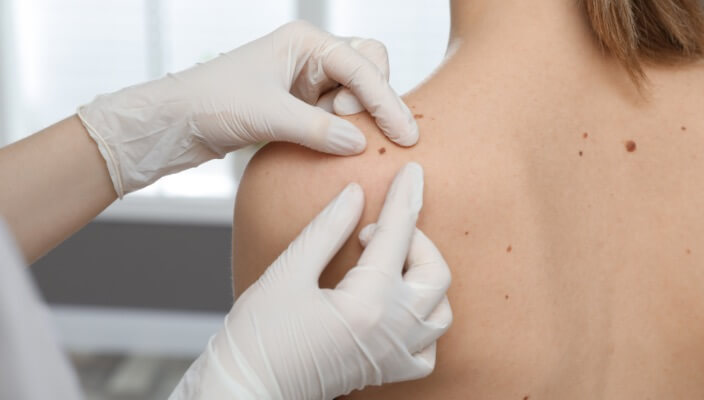
- General Dermatology
- Skin Exams
Preparing for your first dermatology appointment is important because it ensures everything goes as smoothly as possible and that your doctor is up-to-date on the status of your overall health and wellbeing. Here are our expert tips.
Read More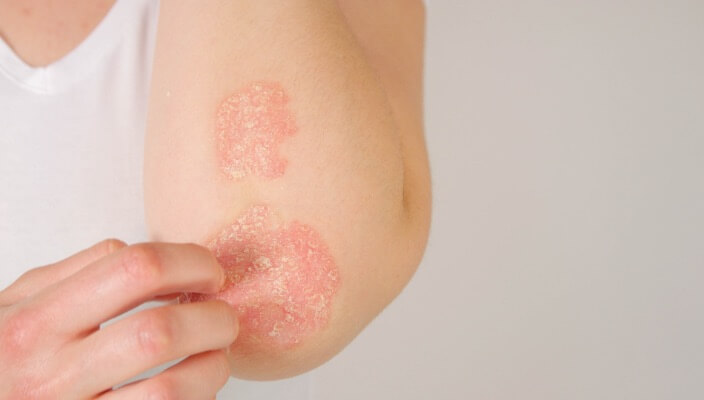
- General Dermatology
- Chronic Skin Conditions
Learn the differences between dry skin, eczema, and psoriasis, their distinct characteristics, and potential triggers. Gain valuable insights into identifying symptoms and seeking appropriate treatment to effectively managing these common skin conditions.
Read More
- Skin Care
- Cosmetic Treatments
Unlock the secrets to achieving radiant, glowing skin. Explore expert tips and skincare routines tailored to nourish and revitalize your complexion, empowering you to embrace a luminous and youthful appearance.
Read MoreFeatured Products
Check your local office for current stock!
Check your local office for current stock!


